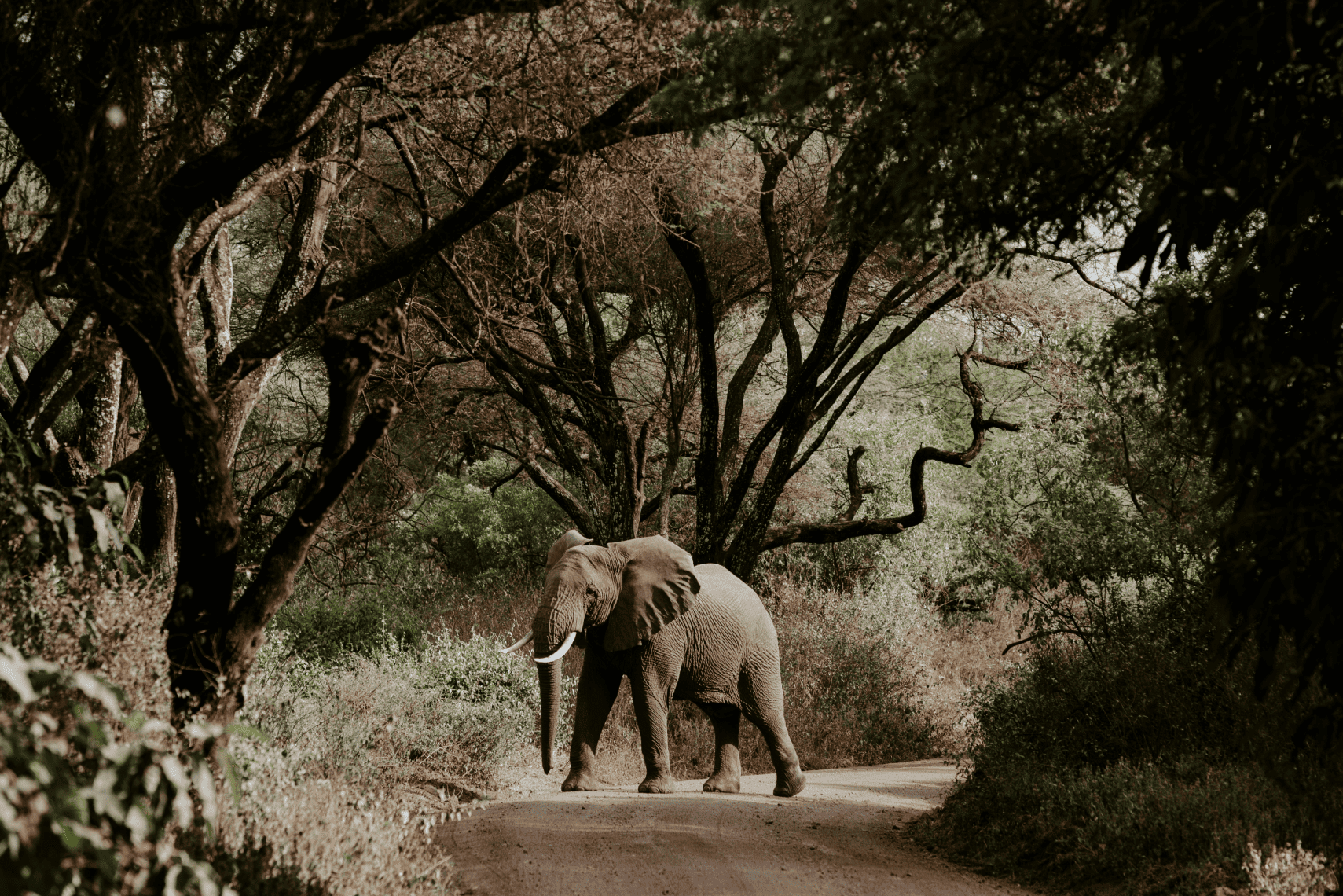-
Call Now: +913878958932
-
Email Now: [email protected]

Ancient wildlife was not just a part of the ecosystem—it was its architect. The presence of animals, from mighty predators to humble grazers, influenced every aspect of their surroundings, creating dynamic and thriving habitats. Each species played a critical role, contributing to the complex web of life that defined ancient landscapes.
Predators like leopards and tigers maintained balance by regulating herbivore populations, preventing overgrazing, and ensuring the health of vegetation. Meanwhile, animals such as giraffes and elephants shaped the environment through their feeding habits, creating pathways for other species and encouraging plant diversity. Even smaller creatures, like burrowing animals, contributed by aerating the soil and promoting plant growth.
This interplay of roles created a system of checks and balances, allowing ecosystems to flourish. The absence of one species could disrupt this balance, highlighting the importance of biodiversity in sustaining life. Ancient wildlife taught us the value of coexistence and how every creature, no matter its size, has a purpose.
Today, preserving this legacy is more important than ever. By studying ancient wildlife and its role in shaping ecosystems, we gain insights into the natural processes that sustain life. Protecting these species and their habitats ensures that future generations can learn from and benefit from the wisdom of the past.